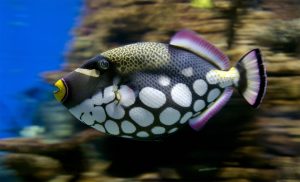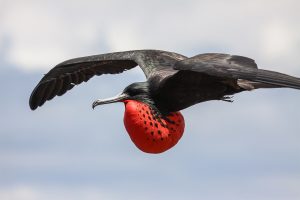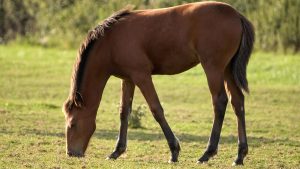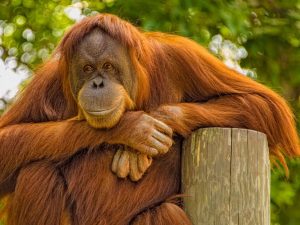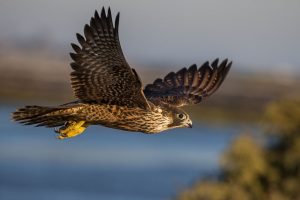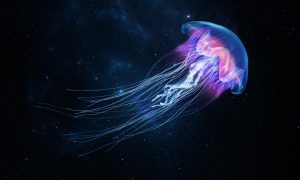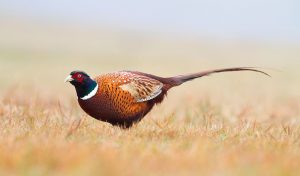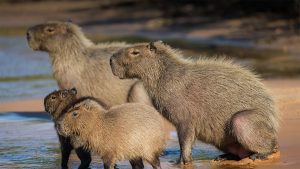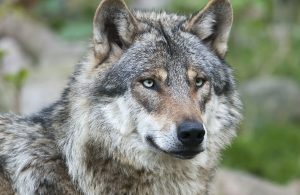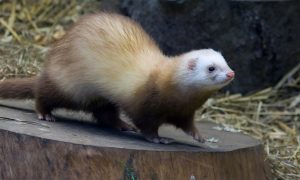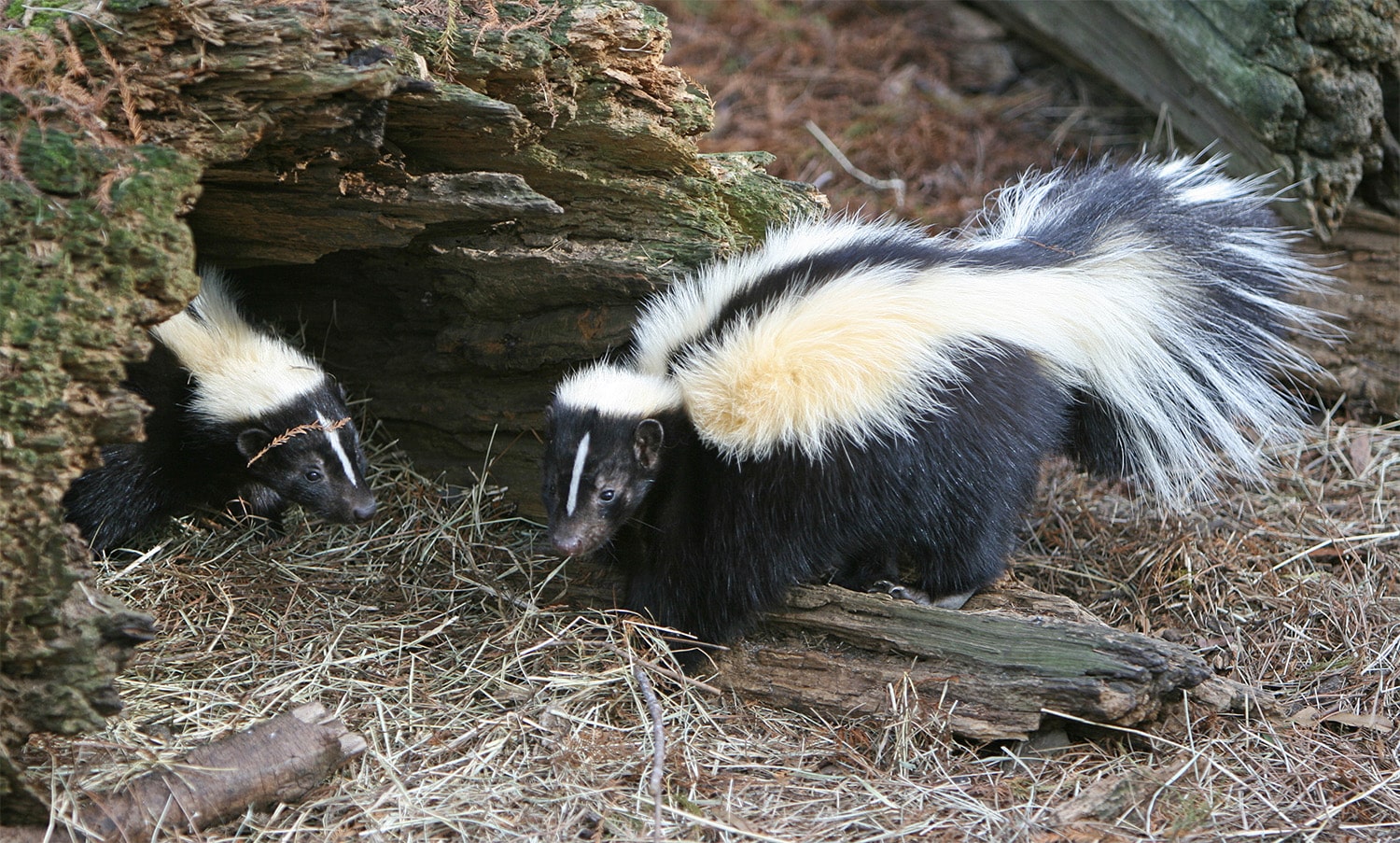
30 interesting facts about skunks
- 👁️ 437
Skunks, often recognized for their distinctive black and white coloring and their unique defense mechanism, are small to medium-sized mammals belonging to the family Mephitidae. These nocturnal creatures play a significant role in ecosystems by controlling insect and rodent populations. Their reputation primarily comes from their ability to spray a highly odorous liquid as a form of self-defense. Beyond this well-known characteristic, skunks are fascinating animals with a variety of behaviors and traits that contribute to their survival and interaction with their environment. Here are 30 interesting and informative facts about skunks that offer insight into their lives beyond the smell.
- There are 12 recognized species of skunks, which are divided into four genera.
- Skunks are native to the Americas, ranging from Canada to central South America.
- The most common species in North America is the striped skunk (Mephitis mephitis).
- Skunks have a highly developed sense of smell and hearing, but their vision is poor, only effective within about 3 meters.
- A skunk’s spray is a sulfur-containing compound called thiols, which is why it is so pungent and difficult to remove.
- They can spray their oily, smelly liquid up to 10 feet (3 meters) with high accuracy.
- Skunks are solitary animals, except during mating season or when a mother is raising her young.
- Female skunks give birth to a litter of 1 to 10 babies, called kits, in the spring.
- Skunks are omnivores, eating both plants and animals, including insects, small rodents, eggs, fruits, and vegetation.
- The black and white coloring of skunks serves as a warning sign to predators about their potent defense mechanism.
- Skunks are one of the primary predators of the honeybee, relying on their thick fur to protect them from stings.
- A skunk’s lifespan in the wild is about 3 years, but they can live up to 10 years in captivity.
- They are known to carry diseases like rabies, distemper, and tularemia, making them a risk to humans and pets.
- Skunks use a variety of vocalizations, including growls, hisses, and whines, to communicate.
- The gestation period for a skunk is about 66 days.
- Skunks can dig with their strong front claws, which they use to find food and create dens.
- Contrary to popular belief, skunks do not like to spray and will only do so as a last resort after giving warning signs.
- When threatened, a skunk will perform a visual warning dance, including stomping its feet and arching its back.
- The spray of a skunk does not cause permanent damage or blindness but can cause temporary irritation and discomfort.
- Some animals, like dogs, may become temporarily blinded if sprayed directly in the eyes.
- Baby skunks are born blind, deaf, and covered in a soft layer of fur.
- Skunks are crepuscular to nocturnal, being most active during the early morning and evening.
- The removal of a skunk’s scent glands, a process called “descenting,” is illegal in some places due to concerns about the animal’s welfare.
- Skunks are poor climbers and rely on their spray as their primary means of protection.
- In some Native American cultures, skunks are respected as symbols of self-defense and prudence.
- The term “skunk” has its origins in the Algonquian language, as a word referring to urine, likely related to their spray.
- Skunks have few natural predators, thanks to their effective defense mechanism, but are sometimes preyed upon by owls, which have a poor sense of smell.
- During winter, skunks do not hibernate but can enter a state of torpor to conserve energy.
- Skunks have been known to interact with humans, sometimes living under houses or in other urban areas in search of food.
- Despite their reputation, skunks are beneficial to farmers and gardeners by controlling insect and rodent populations.
Skunks are more than just their notorious spray; they are complex creatures with behaviors and adaptations that allow them to thrive in diverse environments. Their role in ecosystems as both predator and prey demonstrates the balance of nature and the interconnectedness of species. Understanding skunks beyond their smell reveals the fascinating nature of these often misunderstood mammals and highlights the importance of every creature in maintaining ecological harmony.
